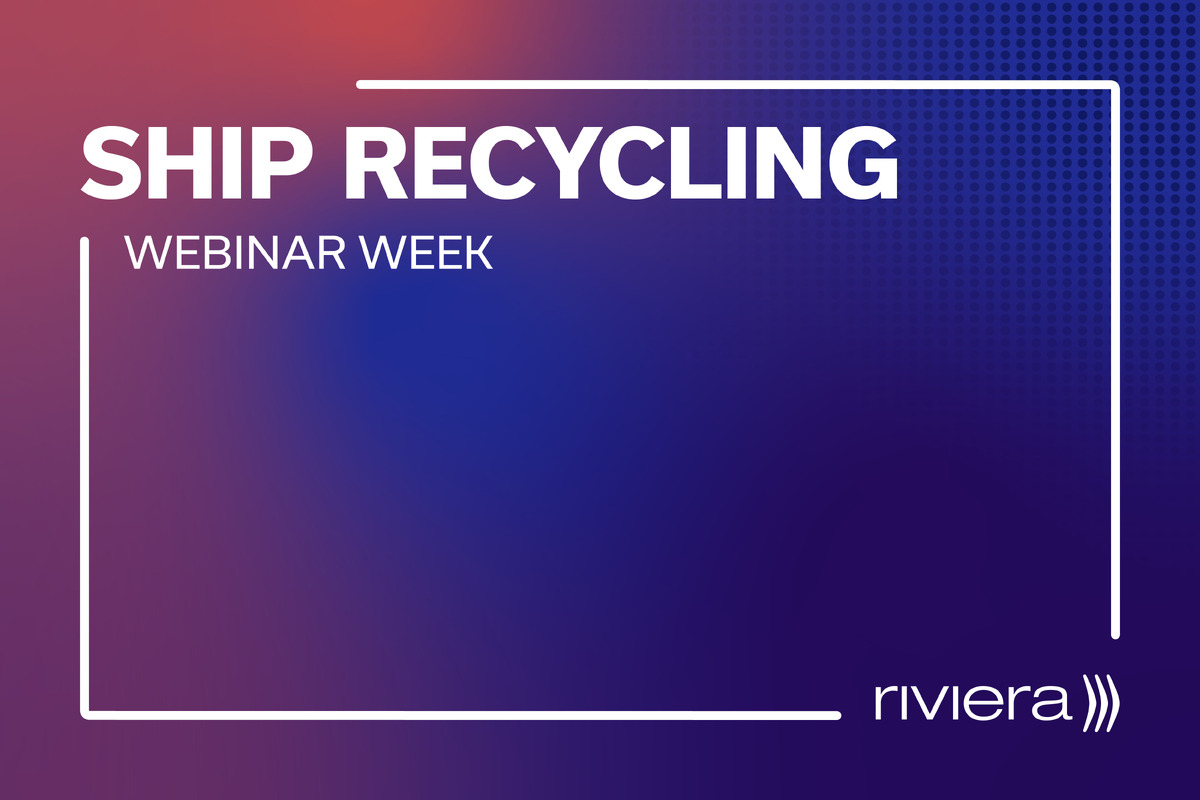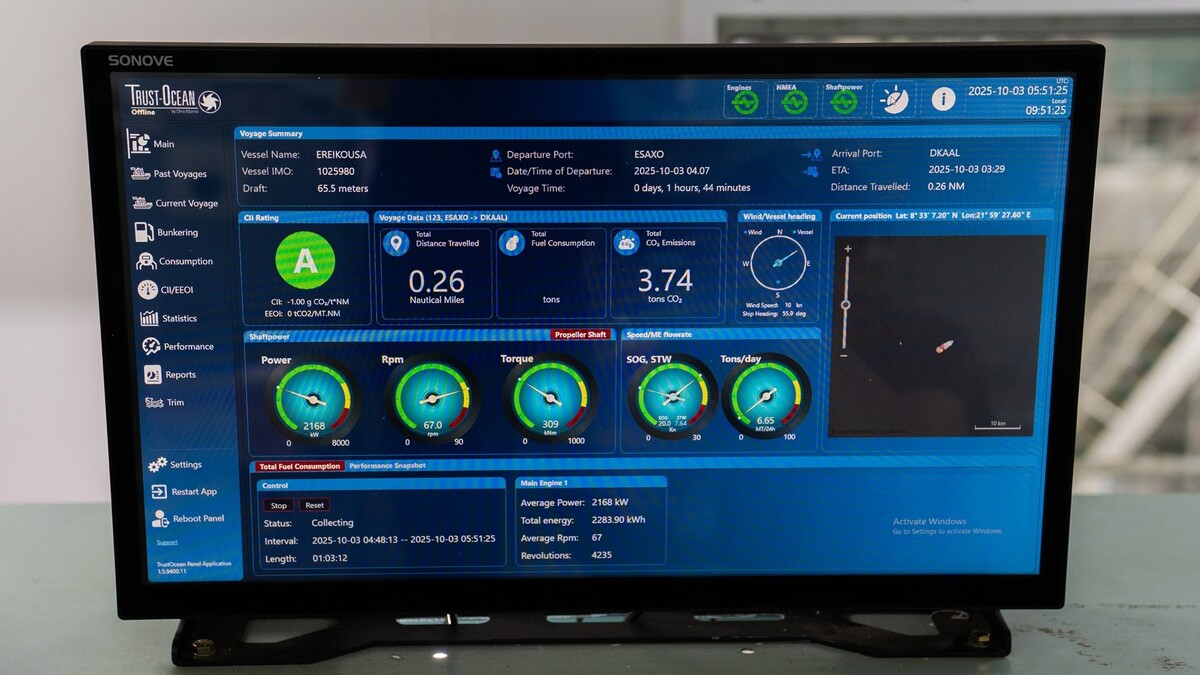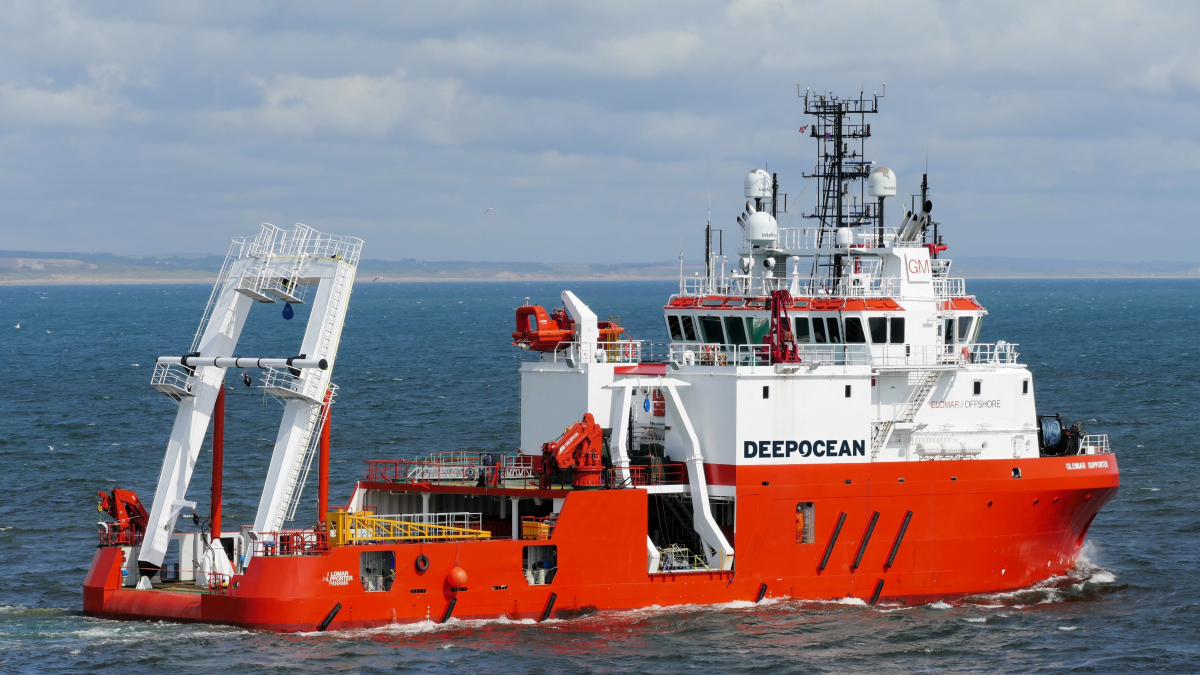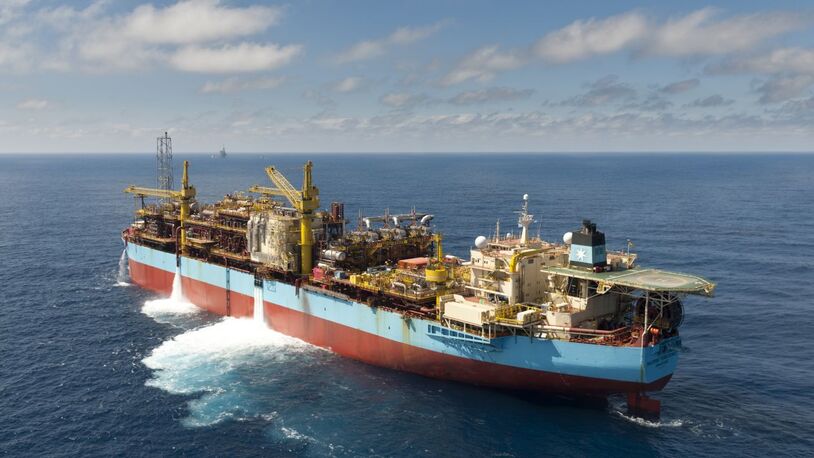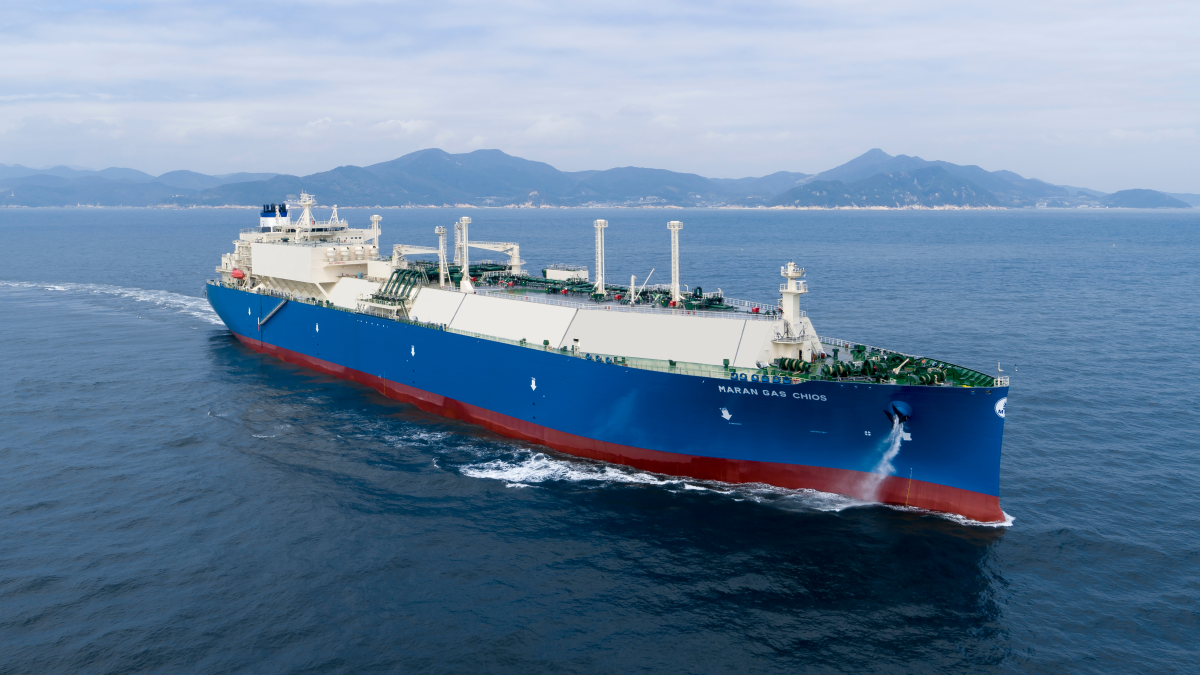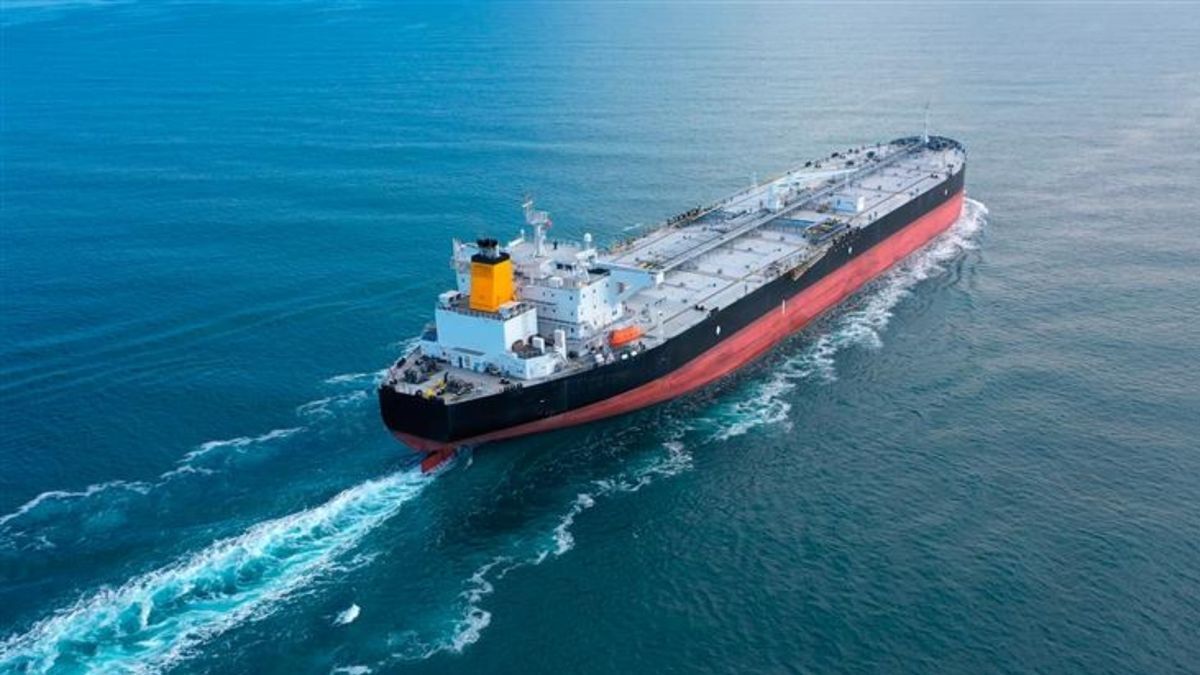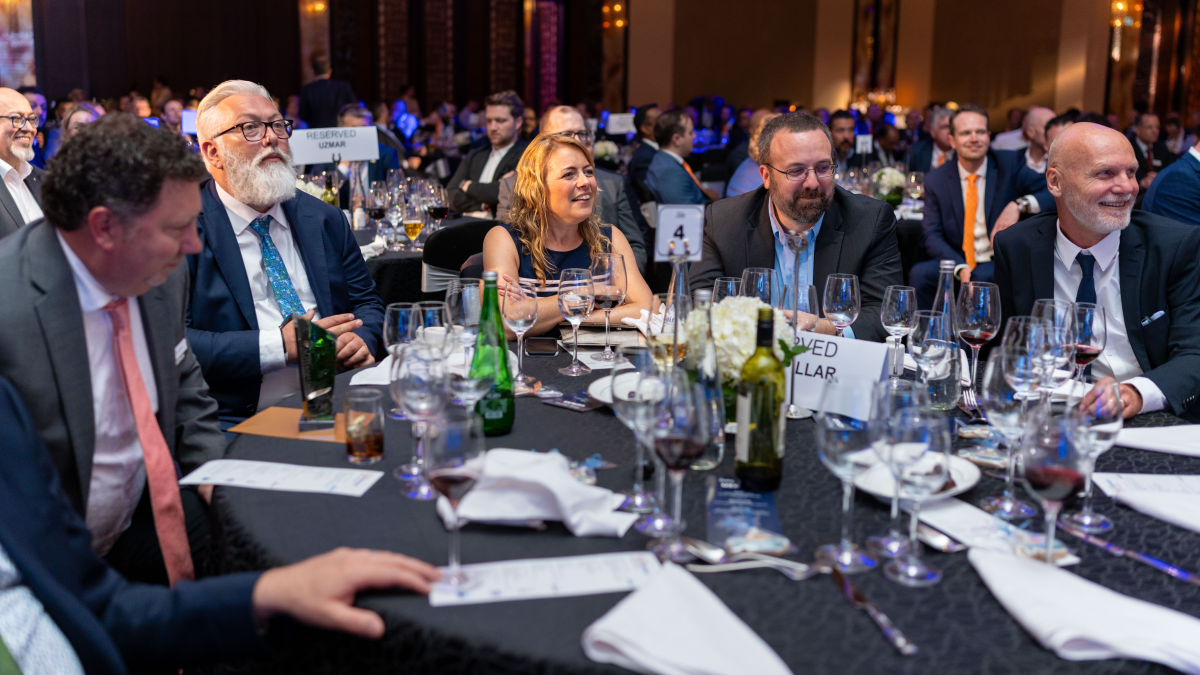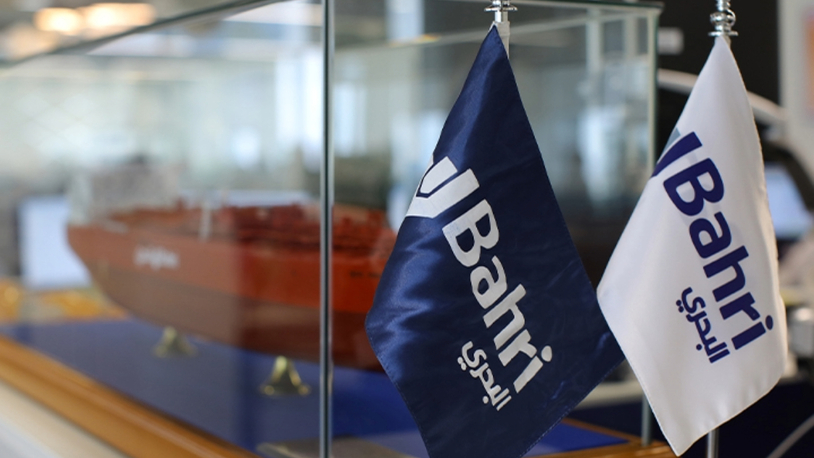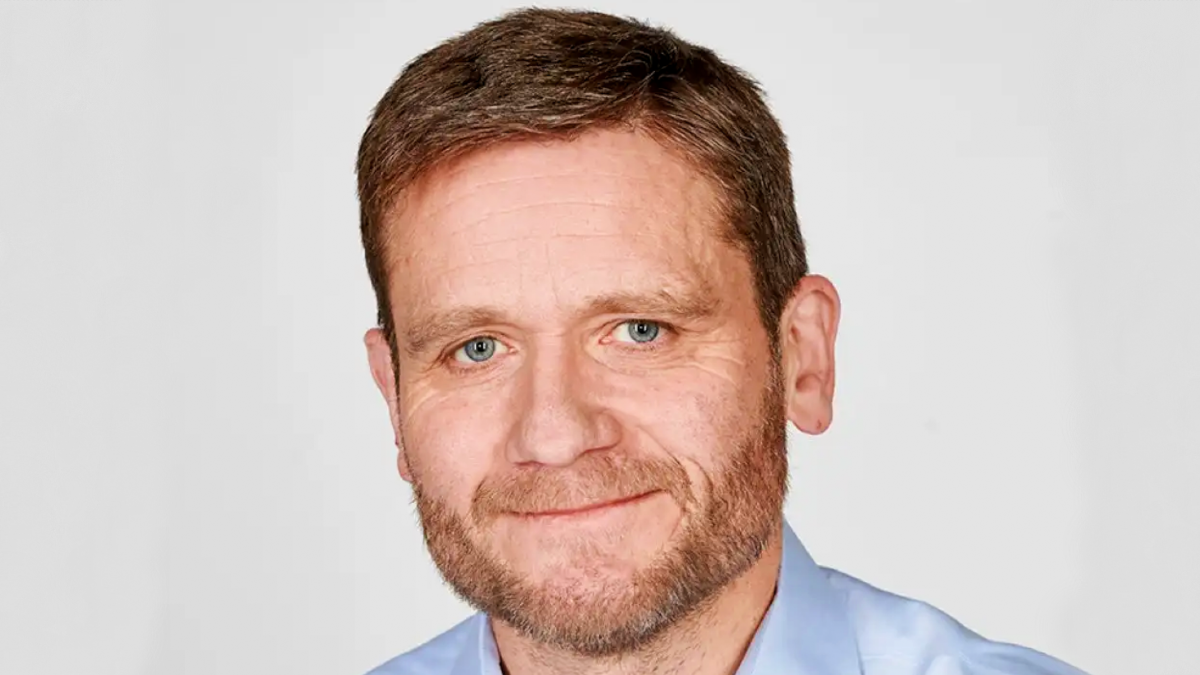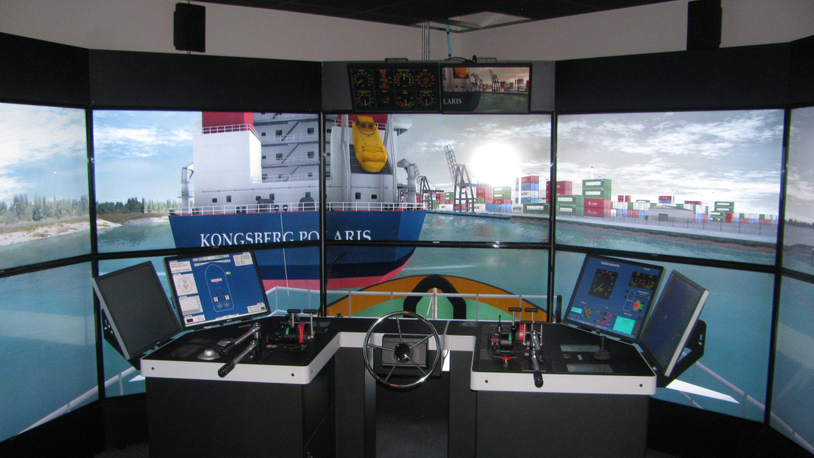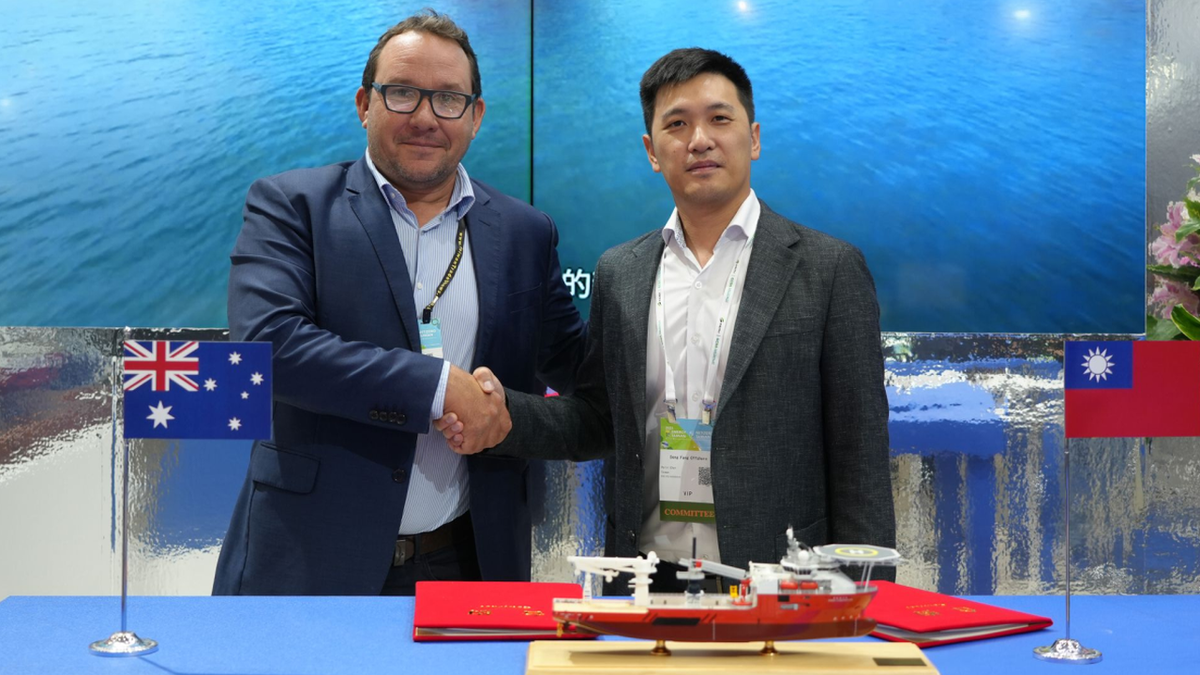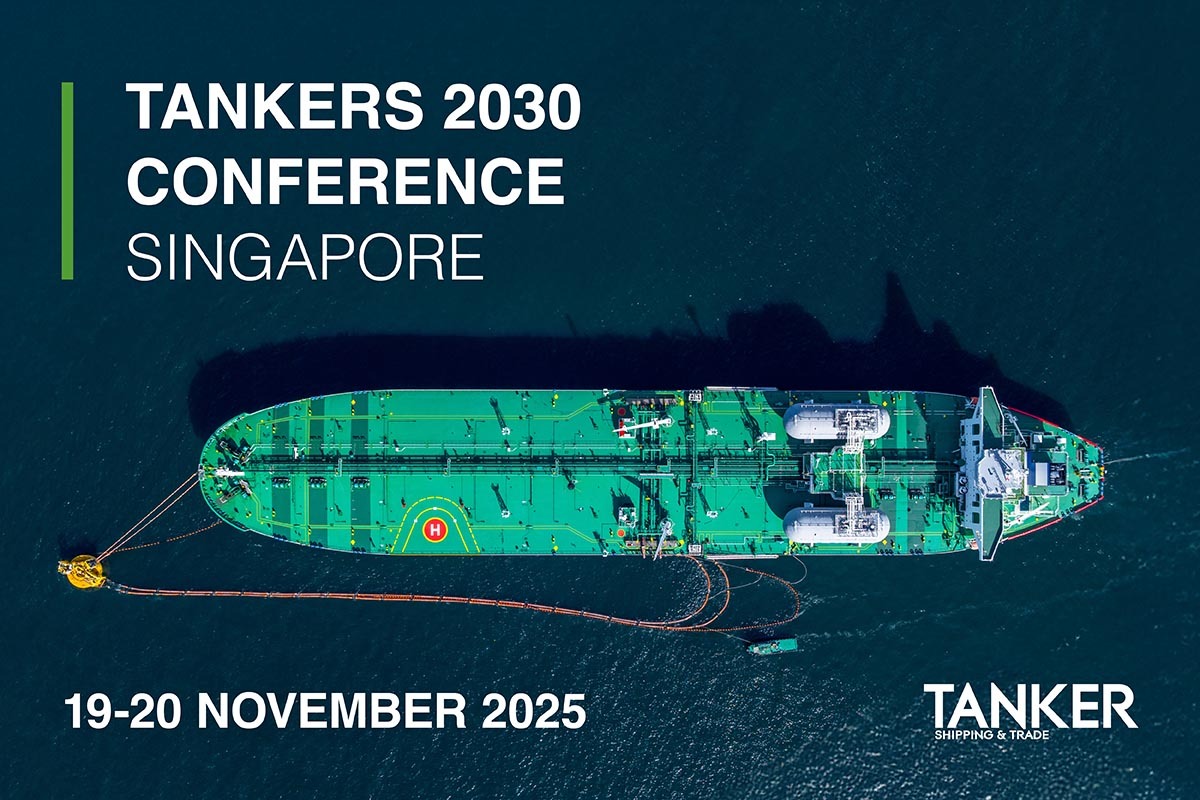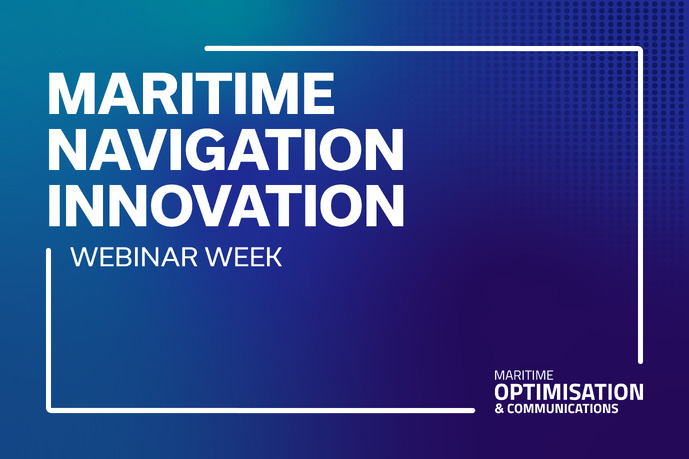Business Sectors
Events
Ship Recycling Webinar Week
Contents
Register to read more articles.
Subsea spending rising to US$9Bn in 2026
Subsea expenditure is likely to rise significantly over coming years, notably in west Africa, Norway, south-east Asia, Brazil, Guyana, the US, the Black Sea and the Caspian Sea
Deepwater oilfield developments and satellite projects will drive up spending on subsea projects worldwide to US$9Bn in 2026, up from US$8Bn subsea spending in 2025 and 2024, and US$7Bn in 2023.
The majority of this expenditure will be in west Africa, Norway, south-east Asia, Brazil, Guyana, Black Sea and Caspian Sea, and the US Gulf for oil majors and state-run energy companies which are developing giant fields with subsea infrastructure tied into floating production systems.
Fearnley Offshore Supply, senior market analysts, Jesper Skjong, expects strong demand for subsea infrastructure and rising backlogs for engineering contractors and vessel owners. He forecast spending on subsea facilities to remain between US$8.5Bn and US$9Bn from 2026 to 2028.
According to his data, presented during Riviera’s OSJ Americas conference, the number of subsea trees over wells coming onstream is set to jump from around 200 in 2024 to almost 300 in 2025 and continue rising to around 350 in 2028.
Rising demand for subsea installations in the past three years has increased the backlog for Tier 1 offshore engineering contractors to around US$50Bn in 2025.
But there has not yet been any increase in the number of active subsea support vessels – this has been flat at around 220 since 2017 – which means availability is tight and charter rates are climbing.
However, this is expected to change in the next two years, with several vessels on order at shipyards worldwide for delivery in two years’ time, resulting in higher supply for the growing demand.
“The subsea fleet is developing,” said Mr Skjong. “There is a significant amount of newbuilds now confirmed for 2027 deliveries.” Most of these newbuilds are multipurpose support (MPSV), construction support and light construction vessels (LCV).
Looking into this data, there are around 16 LCVs with 150-tonne cranes and another 16 construction vessels with 250-tonne cranes on order for delivery in the next three years and only 13 vessels currently in service that come off charter within 2026. Daily charter rates for MPSV and construction vessels are at around US$80,000; for LCVs the level is about US$115,000-120,000.
“During recent years, the subsea market has experienced an increase spread in project fixtures, primarily driven by demand for high-spec subsea tonnage, tailored to the specific requirements of charter operators,” said Mr Skjong.
“The rate spread in high-spec subsea tonnage is expected to continue due to requirements of charter operators. Long-term fixture levels in Latin America are significantly elevated.”
He expects the number of LCVs and construction vessel newbuildings to dampen charter rates from 2027. But in the longer term, there are growth markets providing owners with further opportunities, such as offshore decommissioning and remote offshore wind.
Mr Skjong expects the offshore decommissioning market to grow at a compound annual growth rate of about 4.5%, with global expenditure expected to average US$11.2Bn annually over the next decade.
“Volatile oil prices, tightening regulations, escalating costs and a growing inventory of ageing offshore assets nearing end-of-life will place increasing financial and operational strain on the upstream sector’s decommissioning capacity over the next decade,” he said.
“Europe is expected to be the largest market for decommissioning activities during the forecast period, accounting for about 38% of total spending, at US$43Bn,” he said. Latin America is forecast to account for 23% of total decommissioning spending, at US$26Bn, and then Asia-Pacific at 19%, or about US$21Bn.
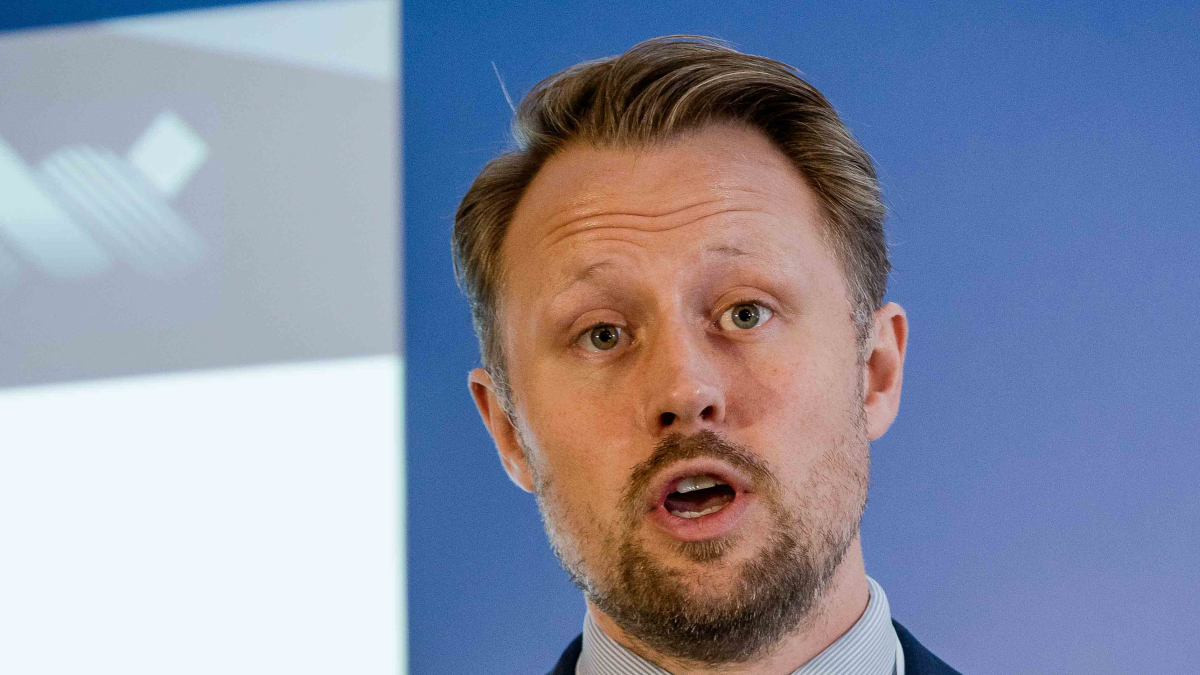
Subsea contracts
Some of the subsea contractors secured orders in Q3 and October 2025. Saipem won contracts in two seas that are growth markets for subsea projects. This Italian group secured a US$1.5Bn order from Turkish Petroleum to install a trunk pipeline and rigid flowlines for the Sakarya gas development in the Black Sea. Its pipelay vessel Castorone will be deployed for the offshore installation work over the next three years.
A consortium led by Saipem has gained three contracts to support BP to expand gas production from the Shah Deniz field in the Azeri sector of the Caspian Sea.
Saipem will transport and install a 19,000-tonne compression platform and lay 26 km of offshore pipelines to connect the offshore facility to the existing infrastructure. From Q3 2026 to 2029, it will use 2017-built construction vessel Khankendi, owned by the BP-led consortium which owns the Shah Deniz field, and 1990-built pipelay barge Israfil Huseynov, owned by Azerbaijan Caspian Shipping.
TechnipFMC gained US$2.4Bn in subsea contracts in Q3 2025, including two from Petrobras for flexible flowlines and risers for projects in the Santos and Campos basins, offshore Brazil, and another contract for subsea production systems for the Brazilian state energy group. TechnipFMC also won a contract from ExxonMobil covering subsea production systems for the Hammerhead deepwater project.
In the US Gulf, Edison Chouest Offshore affiliate C-Innovation completed a series of light construction campaigns connecting the Leon and Castile fields to the Salamanca floating production unit for LLOG Exploration. It deployed MPSV Dove and offshore supply vessel C-Leader for the work.
Vessel contracts
DeepOcean entered into a time charter agreement with Glomar Offshore for 2009-built MPSV Glomar Supporter to expand its near-shore services. DeepOcean intends to use this 60-m vessel for surveys, inspection, maintenance and repair (IMR) work in the European oil, gas and renewable energy sectors from January 2026.
Solstad Maritime won a contract extension for its 2010-built, STX 06 CD design Normand Baltic, keeping it busy for another 100 days until the end of 2025, with further options thereafter.
Reach Subsea exercised a one-year option on its charter of 2007-built MPSV Olympic Triton through to February 2027. Eidesvik Offshore has also informed Reach Subsea of a delay in the delivery of newbuild vessel Viking Vigor until Q3 2026. This IMR vessel is currently under construction at Sefine Shipyard in Turkey.
Related to this Story
Events
Ship Recycling Webinar Week
International Bulk Shipping Conference 2025
Tankers 2030 Conference
Maritime Navigation Innovation Webinar Week
© 2024 Riviera Maritime Media Ltd.
